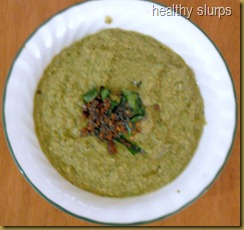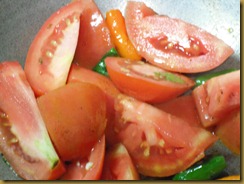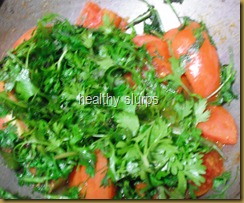The humble aval / avalakki / poha at its tangy best. An anytime meal / snack, kids and adults alike love the tang, the crunch of peanuts and it’s inviting colour. What I love best about this dish is the nutritive punch it delivers.
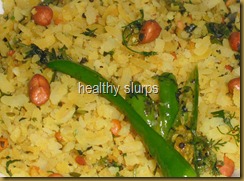
You need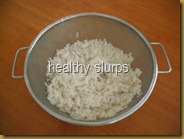
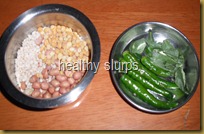
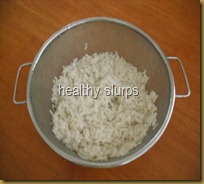
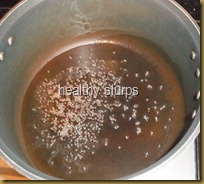
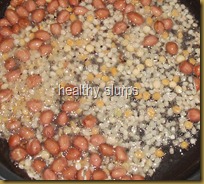
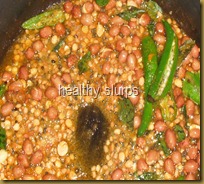
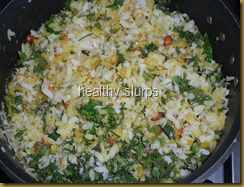
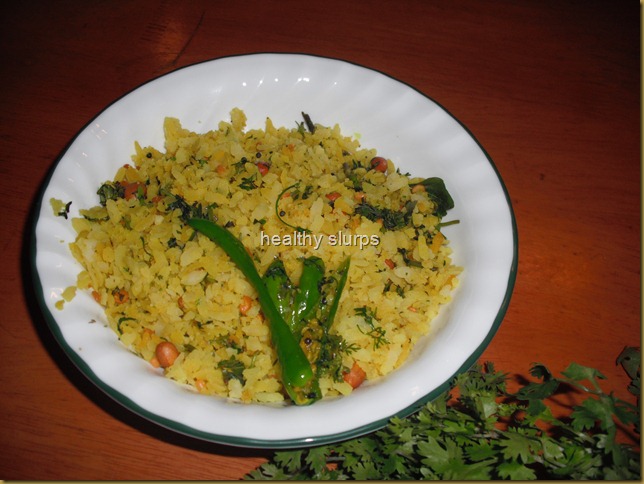
Variations
When compared to raw rice -

You need

- Medium thick poha – 2 cups, heaped
- Lemons – 2
- Turmeric powder – 1 tsp
- Hing powder – a good pinch
- Salt – 1 tsp or more
- Sugar – 2 tsp or more (optional)

- Vegetable oil – 2 tbsp
- Mustard seeds – 1 tsp
- Urad dal – 1 tbsp
- Chana dal – 1 tbsp
- Peanuts – 2-3 tbsp
- Curry leaves – 7-10, torn up
- Green chillies – 3-4, slit lengthwise
- Coriander leaves – chopped, 3/4 cup
- Wash the poha under running water in a colander, allow the water to drain, set aside.

- Heat oil in a deep sauce pan, add ingredients for seasoning in order, save coriander leaves for later.



- Add the rinsed poha now, tip in sugar, salt, coriander leaves in this order and gently fold the mixture to avoid squishing the poha.

- Now is when you can squeeze in juice of two lemons (you can increase or decrease quantity of juice as suits your taste). Fold in the mixture with a gentle hand until poha, lemon juice and seasonings are well incorporated.

Variations
- This is my basic version of lemon poha. You can add any or all of these vegetables to the seasoning mixture to add variety to the dish – chopped green or any coloured capsicum (peppers), grated carrot, boiled green peas.
When compared to raw rice -
- Rice flakes /poha have twice the calcium and three times the fibre content.
- Poha also has thrice the thiamin (Vitamin B1) and twice the niacin (Vitamin B ) content.
- The absolute stunner comes from the whopping 20 times more iron than in raw rice!! Add to this the availability of copper too, poha is a nutrient storehouse.It is a valuable food for those who are – anaemic, sportspeople, teenagers, pregnant or lactating women.
- With the presence of Copper at 0.37mg /100gm in poha, and with the addition of lemon juice (Vitamin C) in this recipe, the dish is an excellent iron source especially for vegetarians. Reason – Copper and and Vitamin C are necessary for iron absorption in the body.
- Addition of dals and peanuts also add to the protein content of the meal, apart from adding texture.
- The dish can be made more wholesome by adding boiled green peas (protein), boiled corn, capsicum or shredded carrots(vegetables).
